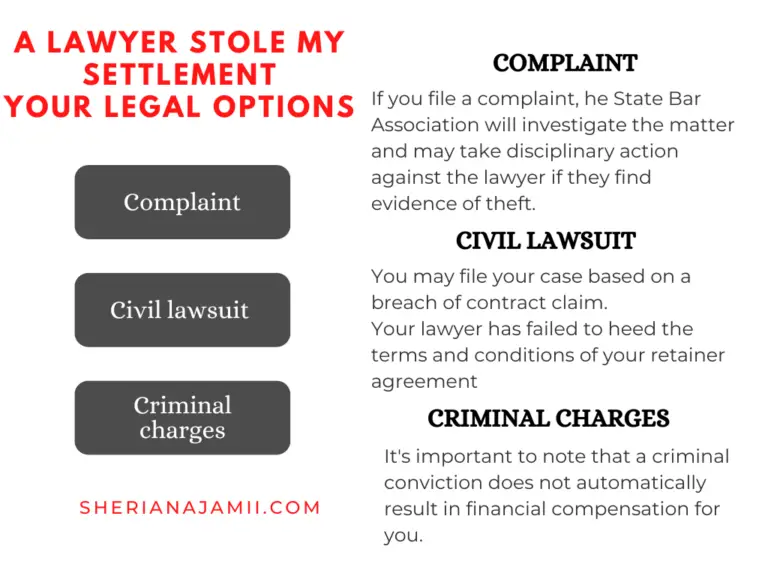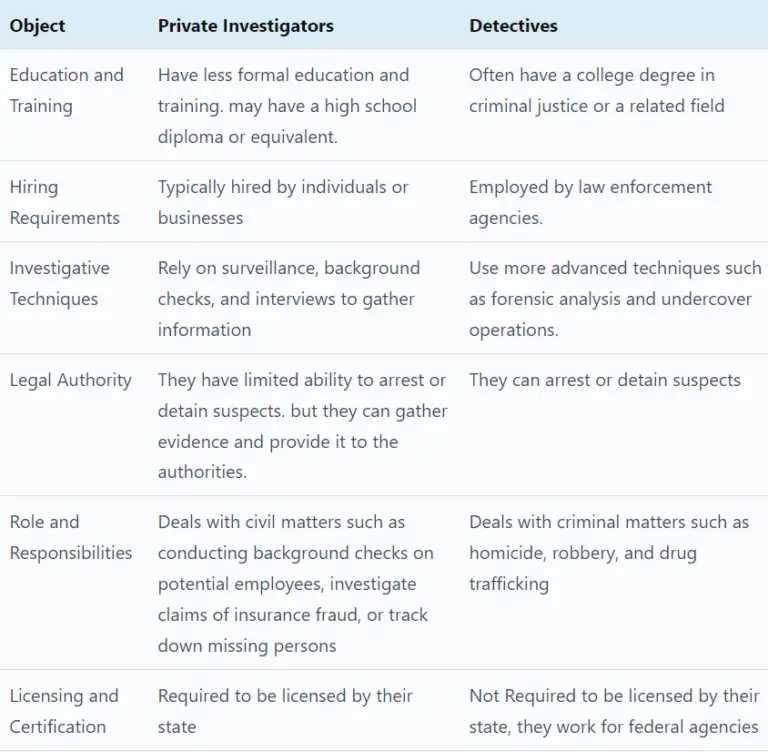This post will help you to clearly distinguish whether a person is an employee or contractor as far as labor law is concerned
Also If you are facing challenges in a distinction between contract of service and contract for service keep reading.
I will also share with you techniques that the courts use in determining whether a certain worker is an employee or an independent contractor.
Employee or contractor?-legal implications
It is necessary to determine whether a person is an employee or an independent contractor because the distinction between the employee and independent contractor has numerous legal implications as follows:
Transform Your Communication, Elevate Your Career!
Ready to take your professional communication skills to new heights? Dive into the world of persuasive business correspondence with my latest book, “From Pen to Profit: The Ultimate Guide to Crafting Persuasive Business Correspondence.”
![Employee or contractor? – the definitive guide [2025] 2 from pen to profit 3D mult](https://sherianajamii.com/wp-content/uploads/2023/10/from-pen-to-profit-3D-mult-1280x774.png)
What You’ll Gain:
![Employee or contractor? – the definitive guide [2025] 3 employee or an independent contractor, Employee or contractor](https://sherianajamii.com/wp-content/uploads/2020/04/employer-employee2Brelationship.png)
The Purpose of Tax Law Compliance
The employee has an obligation to pay tax (pay as you earn). Both employer and employee may be liable if the employee does not pay tax.
The Purpose of Social Security Benefits
A duty to pay social security contributions to a social security fund arises where there is an employer-employee relationship.
In social security law, it is an offense for the employer not to deduct from the employee’s salary his share of contributions to social security funds.
It is also an offense for the employer not to remit the said contributions to social security funds.
Labor Law Compliance
The employer has many obligations towards his employee, e.g. to pay him wages.
It is an offense for the employer to pay his employee a wage that is below the statutory minimum wage.
Law requires the employer to compensate in monetary terms the employee who suffers an accident or contracts an occupational disease in the employment environment.
All labor statutes apply only where there is an employer-employee relationship. Where the worker is an independent contractor, there is no liability on part of the employer.
Constitutional Claims
Claims based on discrimination, violation of the right to work, sexual harassment, e.t.c, are based in the Constitutional and they can be claimed from the employer if there is an employer-employee relationship.
Intellectual Property Claims
These include copyright, patents, trade & service marks, e.t.c.
The general principle is that whenever the employee, during the course of employment, creates work that qualifies for protection under intellectual property laws, protection goes to the employer.
It is therefore imperative to know whether such a worker was the employee or not.
Employee or contractor? test applied
The courts have been using three tests in order to determine whether a particular worker is an employee or an independent contractor i.e
- Control test
- Organizational test
- Multiple tests
![Employee or contractor? – the definitive guide [2025] 4 difference Between a Contract of Service and a Contract for Service, Employee or contractor? test applied](https://sherianajamii.com/wp-content/uploads/2020/04/sherianajamii.com2B252822529.png)
Control Test
This test looks at the extent of control that the employer has over the employee.
In the case of GOULD V MINISTER OF NATIONAL INSURANCE AND ANOTHER (1951), ALL E.R 368 principles which help to determine the control of the employer to the employee were laid down and they are sometimes known as the indicators of a contract of service:
- the employer’s power of selection of his employee;
- the method of payment chosen to compensate the worker; is it by time or piece work?
- the employer’s right to control the method of doing the work;
- the employer’s right of suspension or dismissal.
Lord Denning (MR) as he then was, noted in the case of STEVENSON JORDANS AND HARRISON LTD V MACDONALD AND EVANS [1952] 1 TLR 101, that it raises the troublesome question of the distinction between a contract of service and a contract for service.
The test usually applied is whether the employer has the right to control the manner of doing work.
In a contract for service, the master can order or require what is to be done while in a contract of service, the employer can not only order what is to be done but also how it should be done.
In the contract for service, the independent contractor is given what to do, but it is his own responsibility to decide how to do it, provided that he abides with the description and quality of the work so agreed upon by his master.
In the case of WALKER V CRYSTAL PALACE (1910) 1 KB 87; a professional footballer was held to have a contract of service with the club.
He was paid 3.50 pounds per week for an annual contract, in which he was supposed to provide his playing services exclusively to Crystal Palace Football Club.
He was given detailed rules about training and under whose instructions he was supposed to be during training. He was also expected to always be available for training and matches.
The club argued that he did not have a contract of service because it was essential that in such a relationship the master should have the power to direct how work should be done.
In the case of YEWENS V NOAKES, (1881) 6 QBD 530, Bramwell, J., defined a servant as a person who is subjected to the command of his master as to the manner in which he should do his work.
It was argued that this definition should not be applicable to a professional footballer who was hired to display his talent and skills.
Control of the club is limited in deciding whether the player should be selected for the match or not.
The court dismissed the argument on the basis that many workmen display their own initiative, like a footballer, but were still bound by the directions of their masters.
In this case, the player had agreed to follow detailed training instructions and to obey his captain’s instructions on the field.
The Judge stated:
“I can not doubt that the player is bound to obey any directions which the captain, as the delegate of the club, may give him during the course of the game – that is to say, any directions that is within the terms of his employment as a football player.”
It is difficult now, perhaps, to comprehend the attempts to fit a professional footballer into this concept of control.
Shortcomings of Control Test
The problem with the control test is that it is limited in its application especially in distinguishing an employee and a self–employed person.
In situations that lack clarity as to whether a person is an employee or self–employed, the courts have insisted on applying a control test to determine the fate of the employee.
The control exercise need not be done directly.
In MOTOROLA LTD V DAVIDSON[2001] IRLR 4, an individual who was engaged by an agency to work at Motorola’s premises was dismissed by the agency at the request of the company. The level of control, even though exercised by a third party, was sufficient to establish an employment relationship between the company and the individual.
Organisational Test
In modern conditions, the application of control tests has diminished due to development in the production process.
An employee can be highly skilled and qualified and was employed specifically because he has professional training and competence in a particular job.
So, the employer is frequently unable to instruct the employee as to how the work has to be done. This has paved the way for the Organisational test.
In the case of CASSIDY V MINISTRY OF HEALTH, [1951] 2 KB 343, it was pointed out that there are many contracts of service where the master cannot control the manner in which the work is to be done as in the case of the captain of a ship.
The court stated further that, under a contract of service, a man is employed as part of the business of the employer, Whereas, under a contract for service, his work although done for the business, is not integrated into it but only an accessory to it.
Thus, the organizational test is sometimes referred to as an integrational test and it is used to determine the employer-employee relationship in situations where a man is employed as part of the employer’s business and his work is done as an integral part of the business.
A good example of a situation where a person is employed under the contract of service but the employer can not exercise control as stated by the control test is in hospital cases.
In these cases, the control of employees is done at the time of the selection of employees only.
At this point, the employer has to exercise due diligence in the selection of the employee, he must be satisfied with the skills of saying a doctor or a nurse as it is difficult to exercise control as to how they are supposed to do their duties.
Take an example of a doctor who is to conduct an operation on a patient; there is no way in which the employer can control such an employee.
In work that requires the professional know-how of the employee, the employer cannot control them.
However, when a doctor is called on by the employer as a consultant, he remains to be an independent contractor despite the fact that he uses the tools and premises of the employer.
Multiple Test
The emergence of the organizational test did not automatically wither away from the control test. There are situations in which the courts fail to apply either of the two tests. This has led to the formulation of another test which is multiple tests
According to labor law scholars, multiple tests means the use of common sense.
This is a combination of a control test and an organizational test. It is sometimes referred to as the ‘economic reality test.
It looks at the surrounding features of the relationship between the parties.
The court is not bound by any contractual terminology or traditional common law concepts of employee or independent contractor.
The main concern is the economic realities of the relationship. The focal point is whether the worker is economically dependent on the business to which he renders services or as a matter of economic fact, he depends on the business of his own.
The economic reality test includes inquiries into whether the alleged employer has powers to hire and fire the employee, supervise services, control the employee’s schedules or employment conditions, e.t.c
In applying multiple/economic reality tests, the courts normally look into the following factors:
- The degree of control exerted by the alleged employer on the worker
- The worker’s opportunity for profit or loss resulting from the employer’s business;
- The worker’s investment in the business,
- The degree of skills required,
- Permanency of the working relationship;
Note that none of these factors is exhaustive.
The court must use the technicalities of circumstances in determining each case.
![Employee or contractor? – the definitive guide [2025] 1 employer employee](https://sherianajamii.com/wp-content/uploads/2020/04/employer-employee.png)


![How long it takes to become a lawyer? [timeline breakdown] 7 How long it takes to become a lawyer, timeline to become a lawyer, timeline of becoming a lawyer](https://sherianajamii.com/wp-content/uploads/2023/01/How-long-it-takes-to-become-a-lawyer-768x576.png)